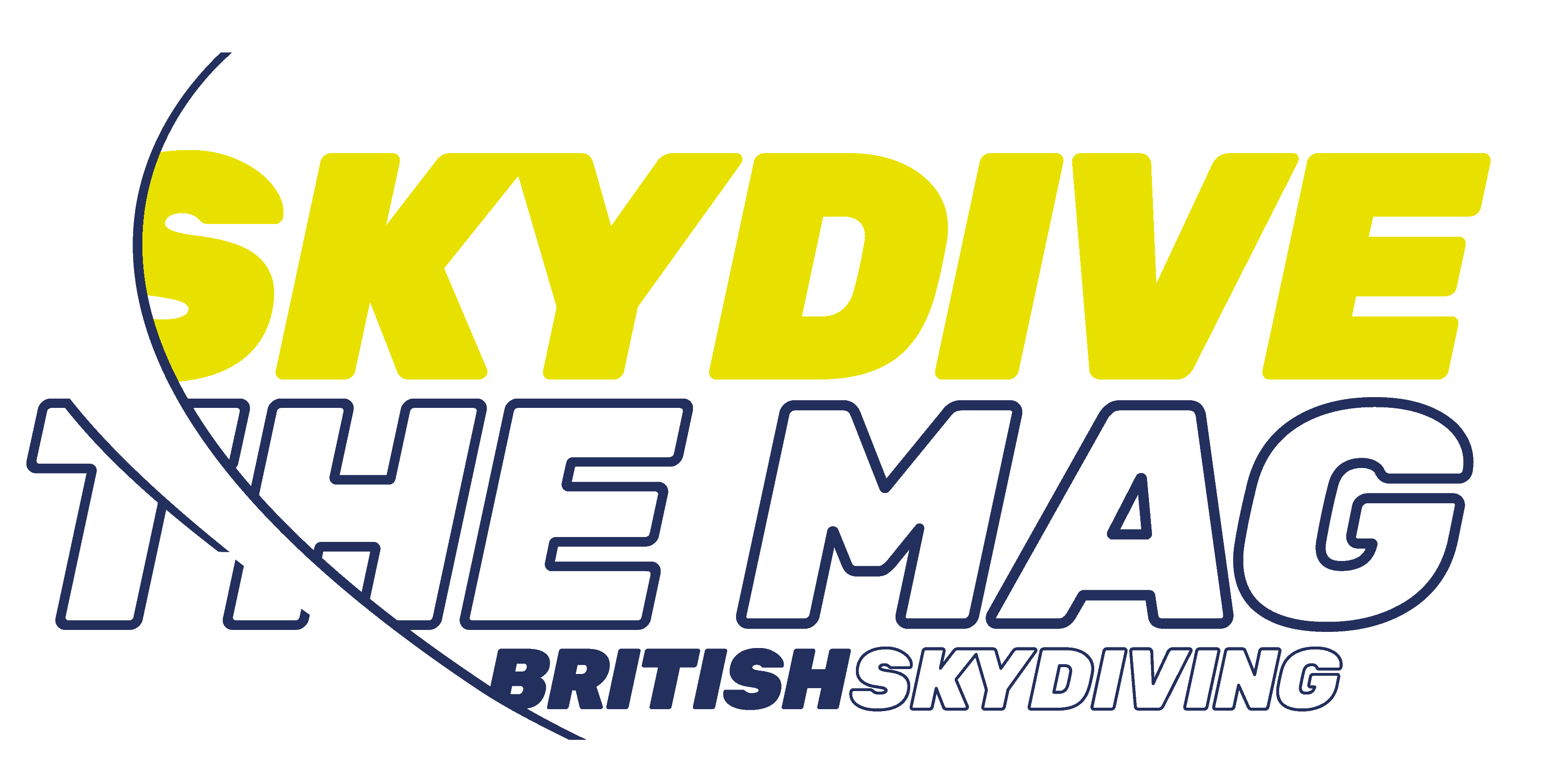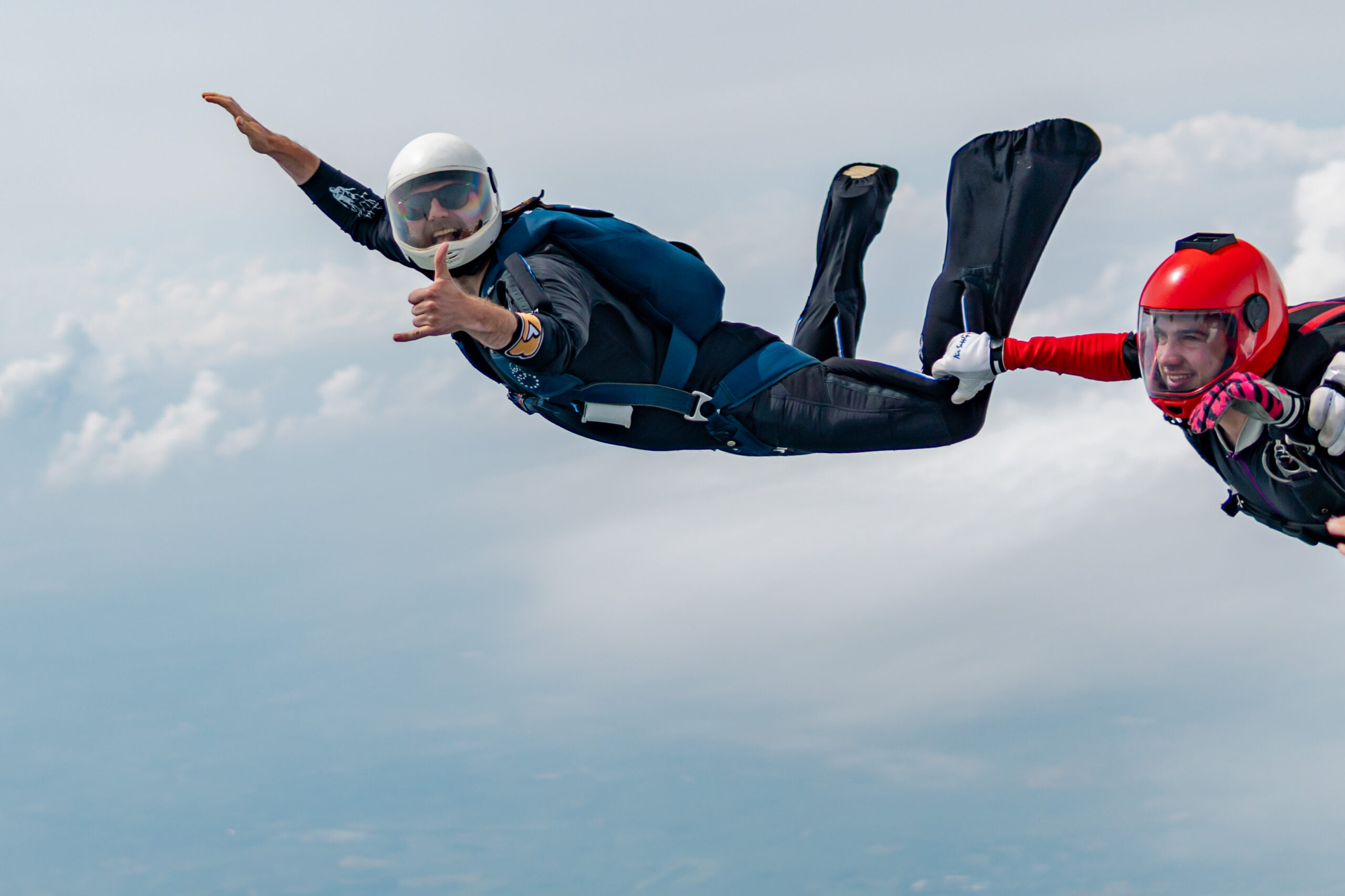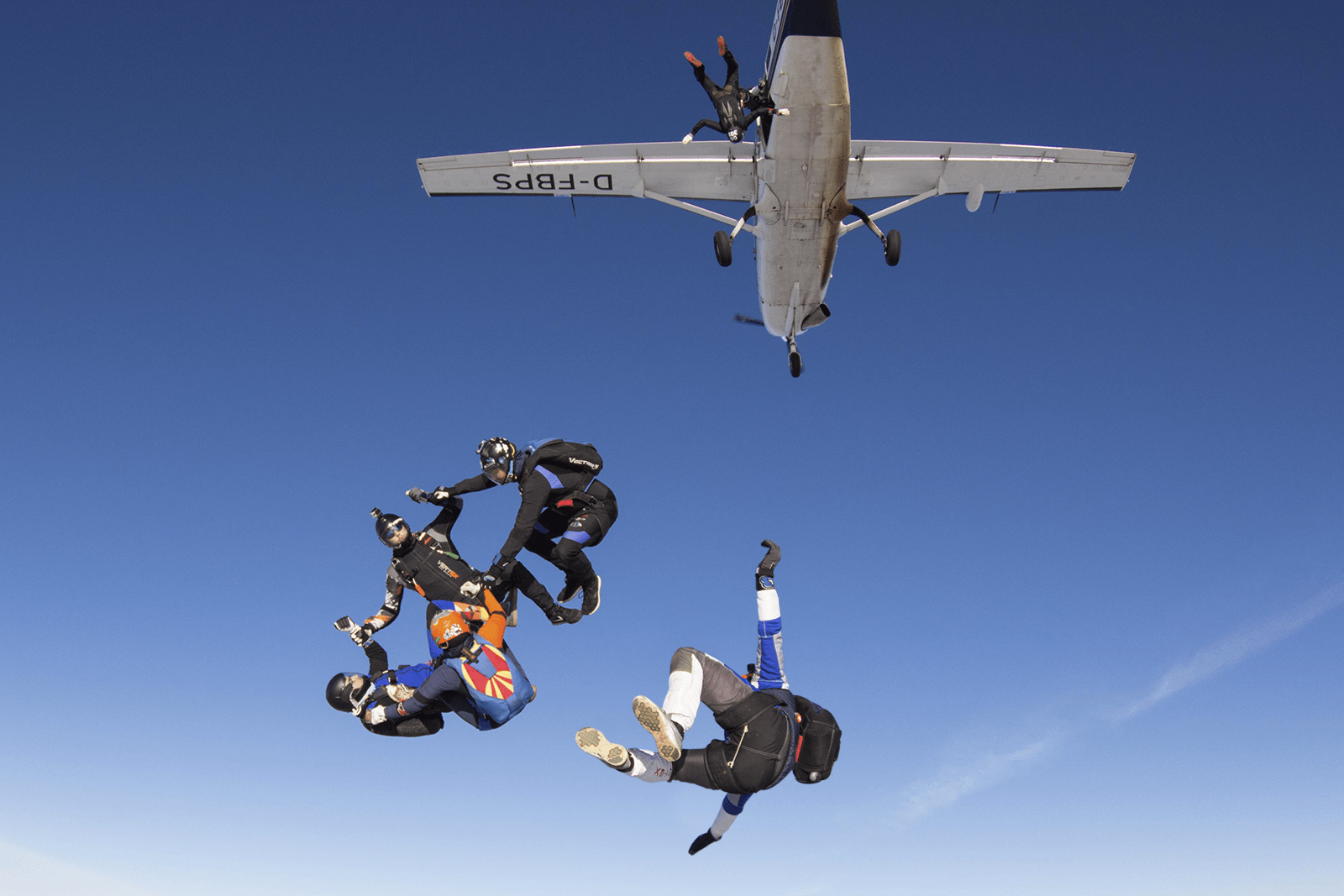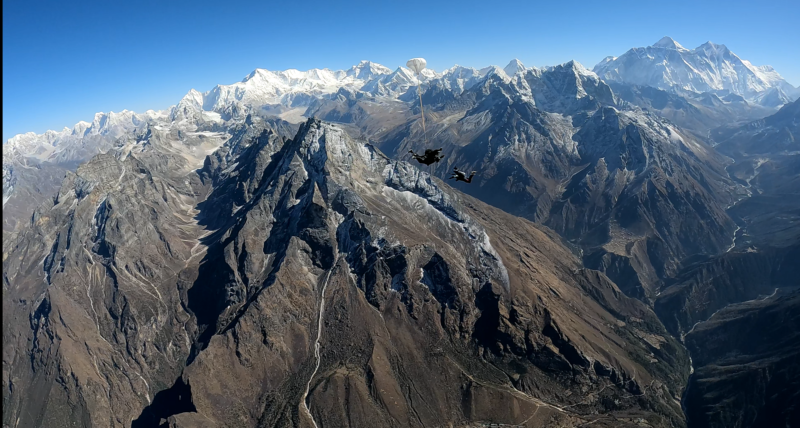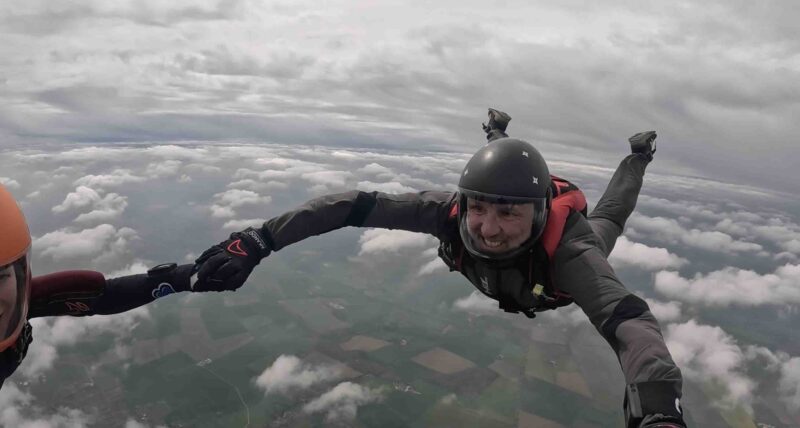By Emily Aucutt
Your Students Face Obstacles. Let’s Make Sure the Obstacle Isn’t You.
To understand the need for better inclusivity in skydiving instruction, just look in the mirror.
All of us have faced an obstacle that nearly prevented us from getting into – and staying in – this sport. Sometimes, those obstacles are as straightforward as finances or the logistics of getting jumps in around a demanding job; often, they’re in our own minds. In many ways, the latter type is the least surmountable.
Meeting those obstacles requires unflinching determination even at the best of times. The simple stresses of life on the dropzone are enough to tip the balance to “nope” for the majority of would-be skydivers. Underrepresented groups give up disproportionately more often.
This does not have to be the case.

I’d like to open up a conversation in the community of skydiving instructors about the obstacles that new skydivers face – the obstacles that make so many of them quit. How can we help them navigate? I believe that it’s not only possible to reimagine skydiving instruction to be more inclusive, but that it’s up to us, as skydiving instructors, to instigate change.
This conversation means a lot to me.
To explain why, let me tell you a little more about what’s in my mirror.

You see, for one, I’m neurodivergent. I have what I would describe as quite a “noisy” brain. Sometimes it feels like a million things whizzing around all at once. And, because of the unique way my brain operates, the speed at which my thoughts are moving is sometimes inversely proportional to the speed at which my body is moving.
I’ve understood that, intuitively, from an early age. I always loved the feeling of moving because that’s where I find stillness in my mind. I find a sense of calmness in movement. I think this is also why I enjoy running, cycling, swimming. I quickly discovered that skydiving and tunnel flying has this same effect. I find calm focus in freefall within the excitement and exhilaration – a contradiction of feelings that I can’t get enough of.
I learned how to skydive via static line. It took me almost two years to get my licence, fitting my trips to the dropzone around a demanding university degree.
Once I got over the initial sensory overload that is jumping out of a plane, I realised something: once my feet left the aircraft, I had literally fallen into a kind of calm quiet focus that I don’t feel when my feet are on the ground. I wanted more.
It felt like home. Still does.
Want to learn more? Download the official Skydive the Mag app on either apple or android. Don’t want to download? Don’t worry. You can read the online version here.
